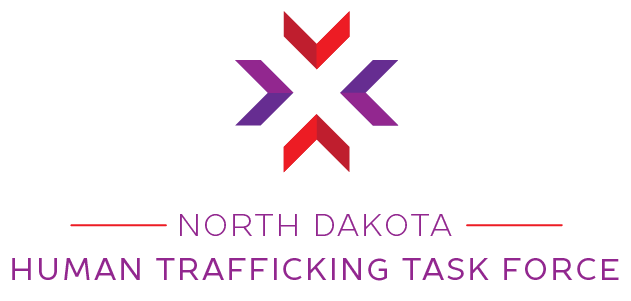Bobbi Jo Pazdernik, BCA (Minnesota)
Key Takeaways
Labor trafficking is not simply a bad job or a bad boss.
It involves force, fraud, or coercion used to control a person and compel them to work. Control is often psychological rather than physical, with traffickers using fear, debt, threats, and isolation to manipulate and confine victims.
Victims often don’t self-identify.
Because of language barriers, documentation fears, or shame, many survivors don’t see themselves as victims—or don’t know where to turn. They may feel they have no other choice but to keep working under harmful conditions.
There is often overlap between labor and sex trafficking.
Some individuals are forced into both labor and commercial sex simultaneously, especially in illicit industries such as unregulated massage businesses. Traffickers exploit every opportunity for financial gain.
Rural and under-resourced areas are especially vulnerable.
Industries like agriculture, caregiving, food service, and construction—common in North Dakota—are frequently used as fronts for labor trafficking. Where there's demand for work, there’s potential for abuse.
Training is essential—but it must be practical and accessible.
When BCA’s early labor trafficking trainings had low turnout, they pivoted. They simplified materials for frontline officers, rebranded sessions as “The Hidden Crime,” and made sessions approachable and relevant. Eventually, engagement grew and agencies started reaching out.
A Case That Changed the Protocol
One powerful example came from a routine traffic call, where an officer noticed something didn’t feel right. The woman she encountered appeared frightened and malnourished. Using a language line, the officer learned the woman had been trafficked for domestic labor—confined in a private home, denied food and freedom, and subjected to severe mistreatment.
She had finally escaped and was found walking along the road.
This case—originally mistaken for a domestic disturbance—led to major changes in how the state trains officers to recognize labor trafficking. Thanks to that officer’s instincts and persistence, a life was changed, and a trafficker was held accountable.
Building the Response
Minnesota built a statewide response from scratch. Survivors with lived experience helped shape trauma-informed protocols. One-page guidance sheets were created for patrol officers. Investigators received more detailed resources. Trainings were delivered across the state, often in partnership with health departments, legal experts, and victim advocates.
Persistence was key. So was centering survivor voices and adapting to what worked in the real world of overburdened responders.
What This Means for North Dakota
This keynote serves as a clear call to action. We can no longer afford to treat labor trafficking as an afterthought. We must build training, protocols, and partnerships that recognize the realities of labor exploitation—especially in our rural industries and isolated communities.
We don’t need to reinvent the wheel. Minnesota’s model offers practical, field-tested tools. But we do need to act.
It starts with one question: What happened to them? Not “what law did they break?”—but “how did they end up here, and how can we help?”
Bobbi Jo Pazdernik - Labor Trafficking: The Hidden Crime We’re Still Missing
“This isn’t just about immigration. It’s about human dignity.”
In a powerful keynote at the 2025 Bakken Human Trafficking Summit, a veteran investigator from the Minnesota Bureau of Criminal Apprehension (BCA) shared urgent insights from over three decades in law enforcement. Labor trafficking, she explained, remains alarmingly under-identified—and often far more violent than the public realizes. Yet systems, agencies, and communities still struggle to respond effectively.


